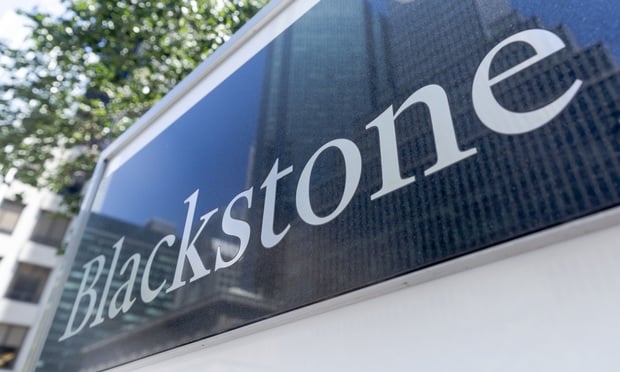Between 1988 and 2015, Family Dollar Stores made an average annual profit of $182.9 million, according to data from S&P Global Market Intelligence. But those days are long gone since the 2015 acquisition by Dollar Tree.
Last week, Dollar Tree announced a "review of strategic alternatives" for Family Dollar.
"Last year, we announced a comprehensive review of the Family Dollar portfolio, including the planned closure of approximately 970 underperforming Family Dollar stores to focus on enhanced investments in remaining Family Dollar stores that present favorable opportunities for long-term growth and transformation, with more attractive returns on capital," Rick Dreiling, Dollar Tree chairman and chief executive officer, said in prepared remarks. The company said that it was "beginning to see progress" while trying to "grow the Dollar Tree banner through compelling initiatives like our expanded multi-price offerings, significant planned new store openings across the United States" and acquisition of 170 stores from 99 Cents Only.
Recommended For You
Want to continue reading?
Become a Free ALM Digital Reader.
Once you are an ALM Digital Member, you’ll receive:
- Breaking commercial real estate news and analysis, on-site and via our newsletters and custom alerts
- Educational webcasts, white papers, and ebooks from industry thought leaders
- Critical coverage of the property casualty insurance and financial advisory markets on our other ALM sites, PropertyCasualty360 and ThinkAdvisor
Already have an account? Sign In Now
*May exclude premium content© 2025 ALM Global, LLC, All Rights Reserved. Request academic re-use from www.copyright.com. All other uses, submit a request to [email protected]. For more information visit Asset & Logo Licensing.








